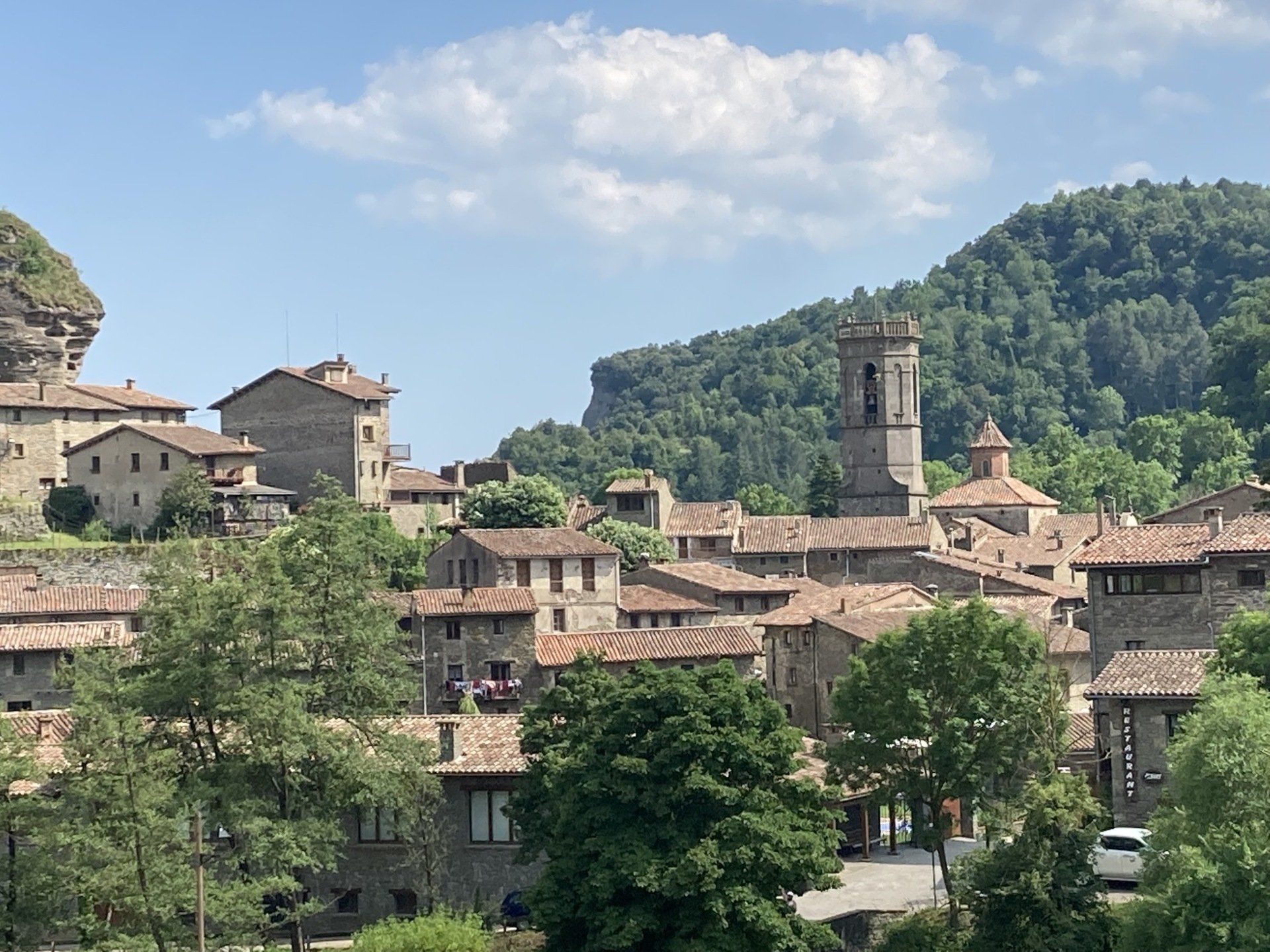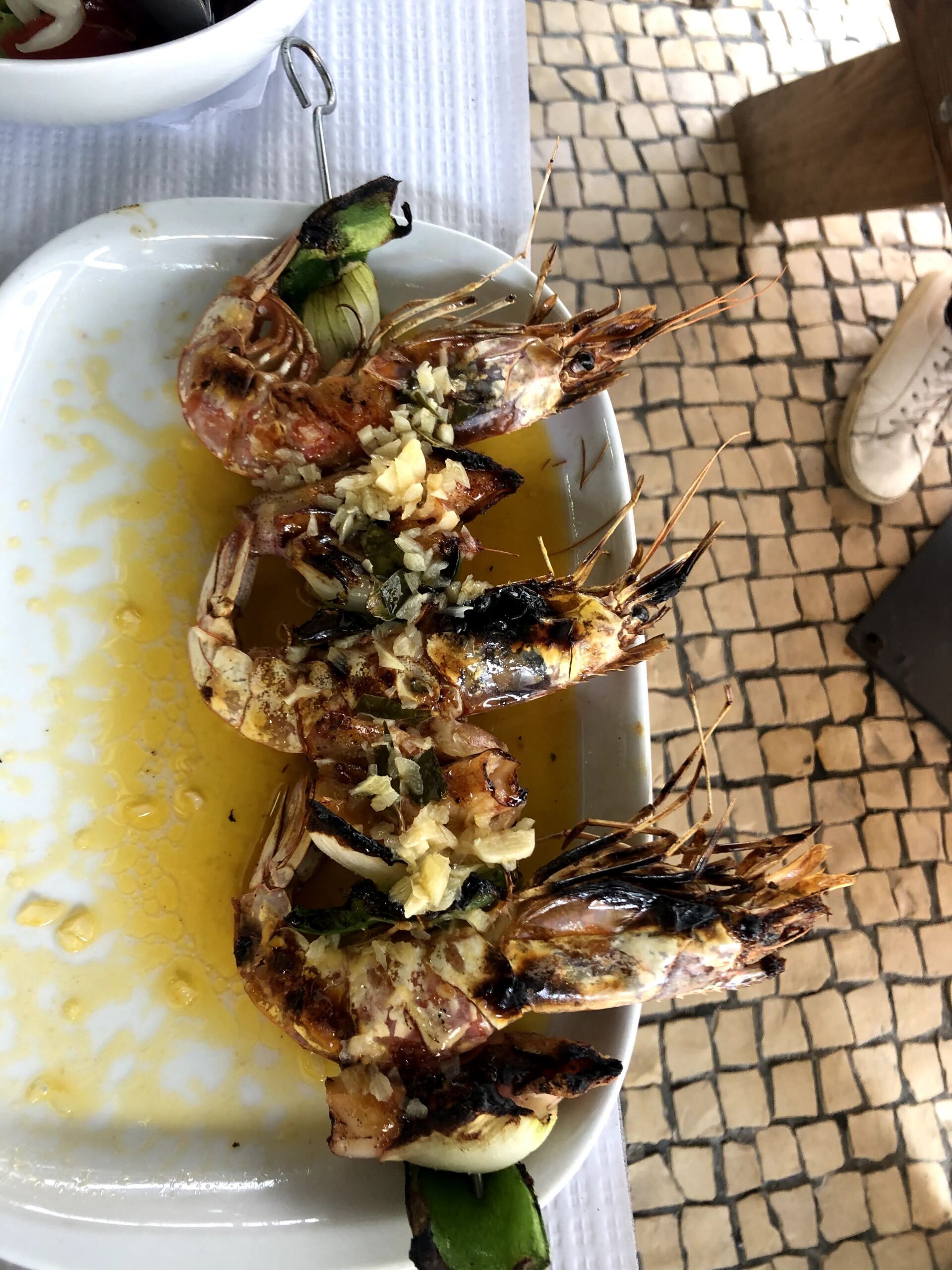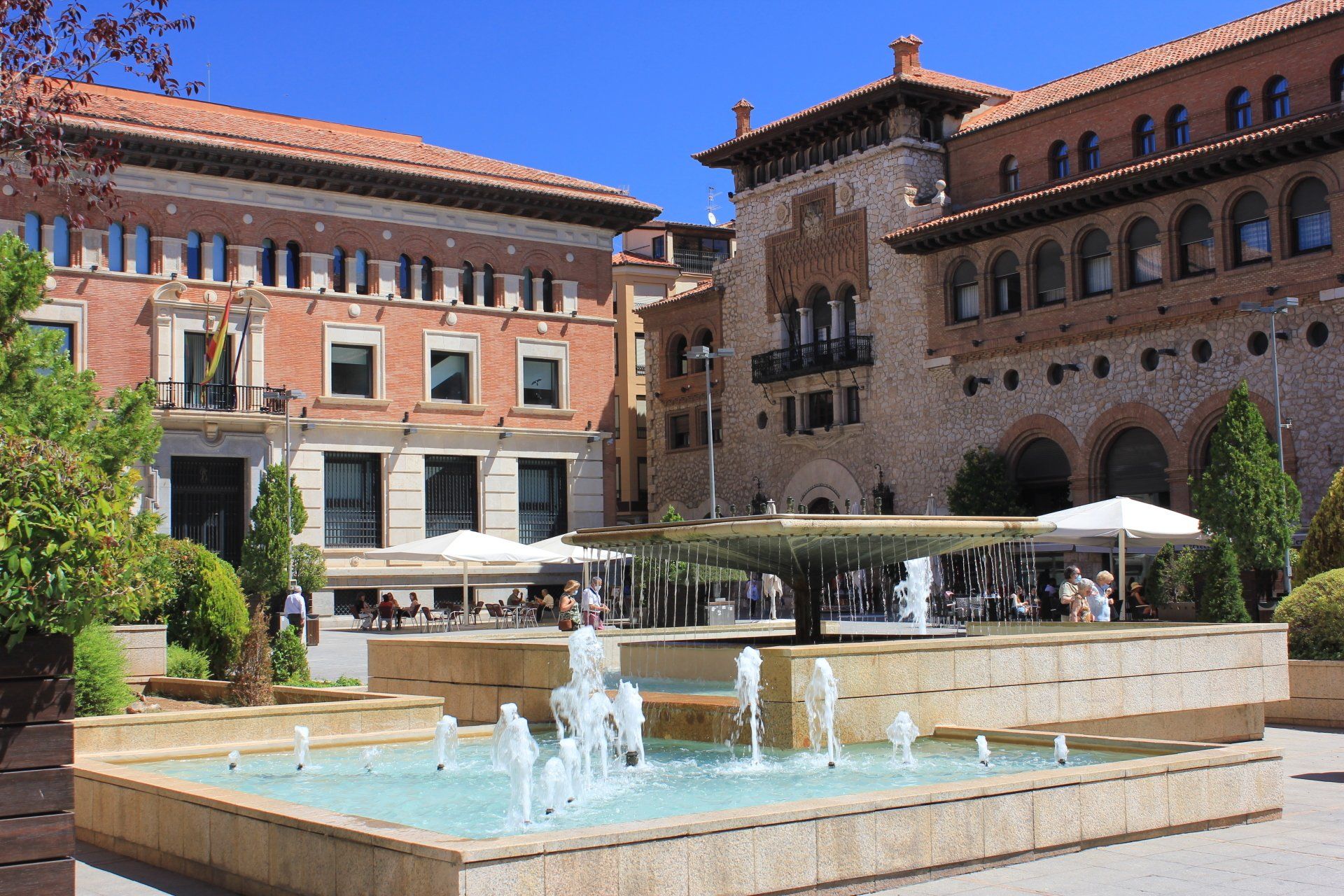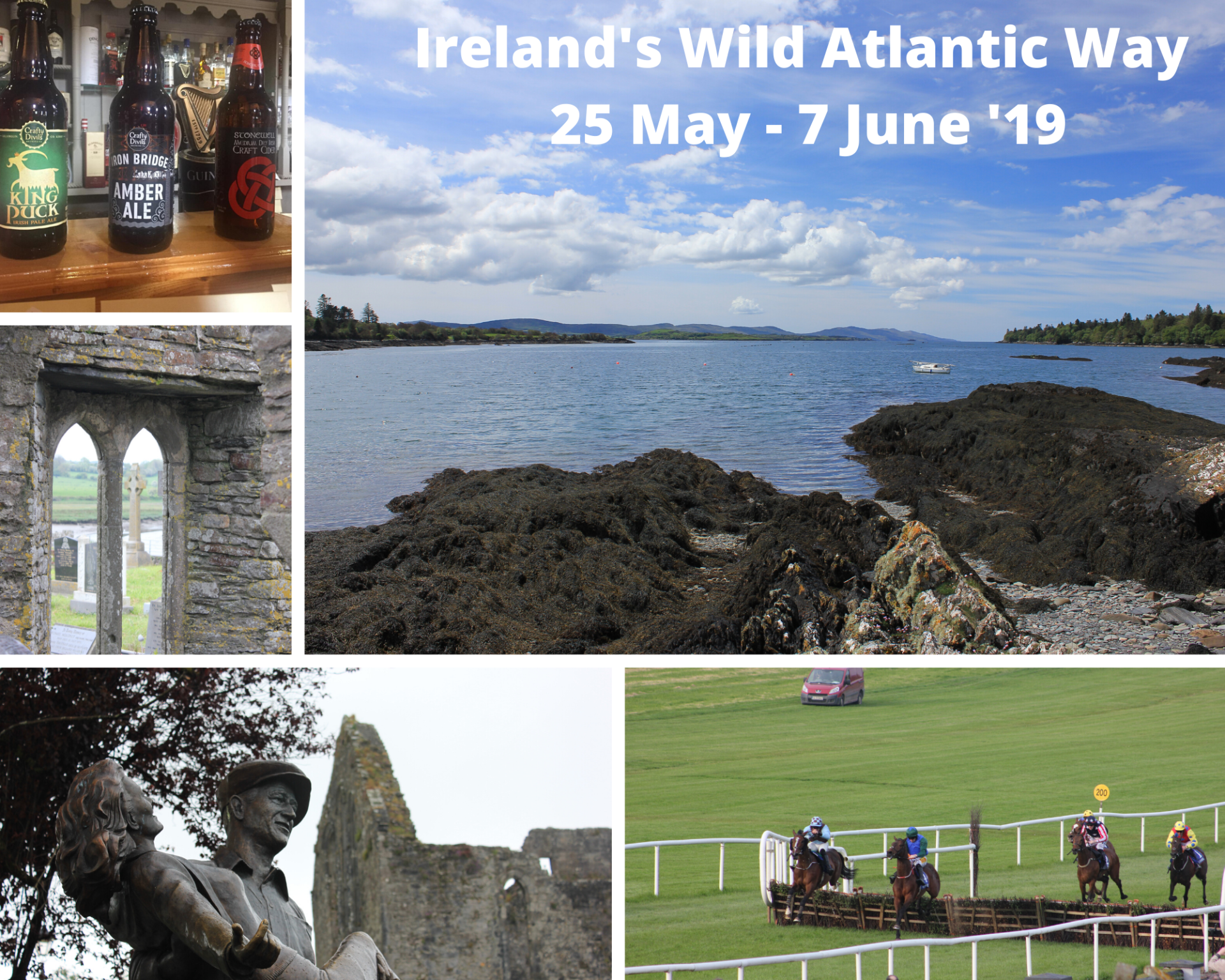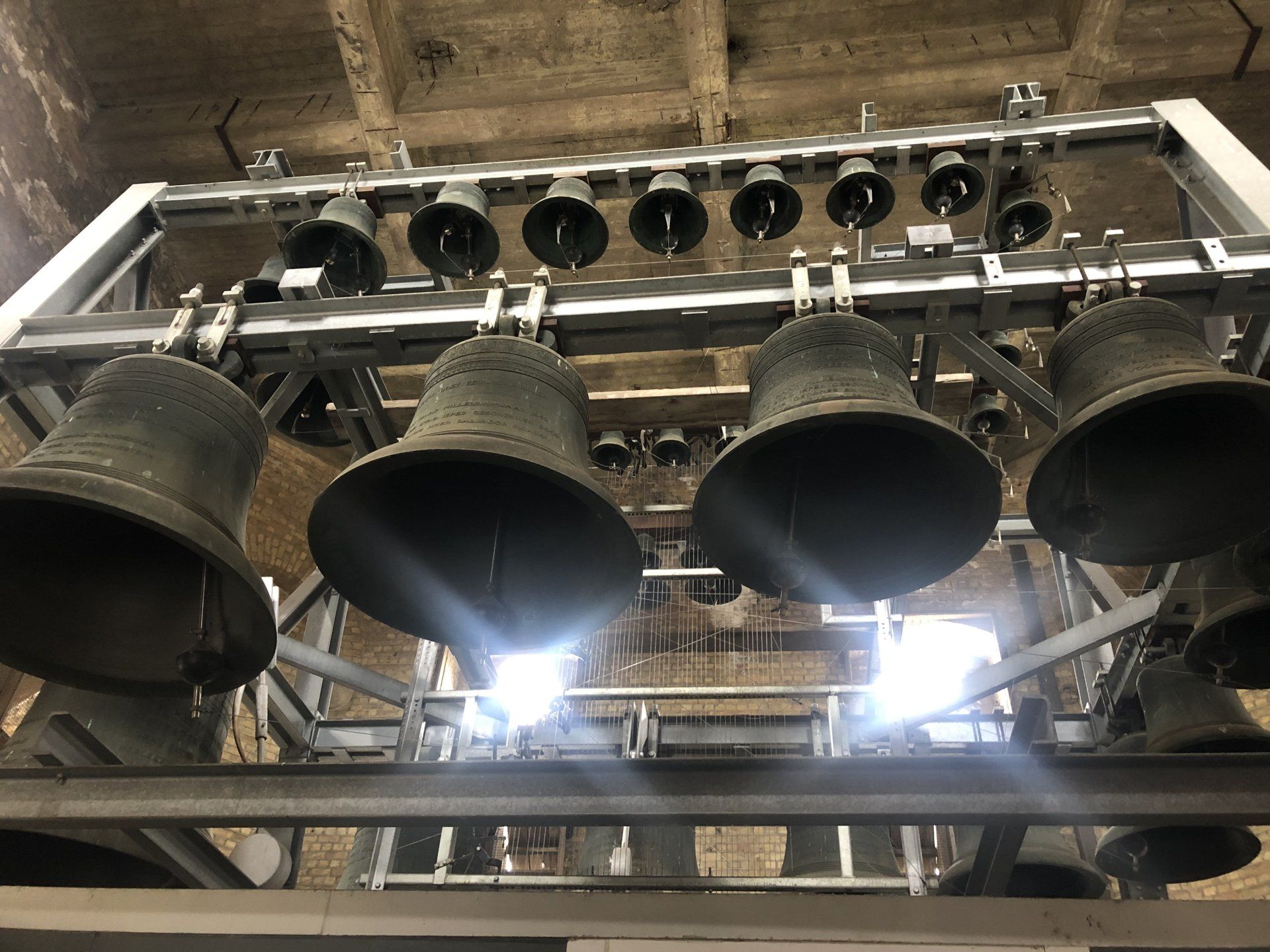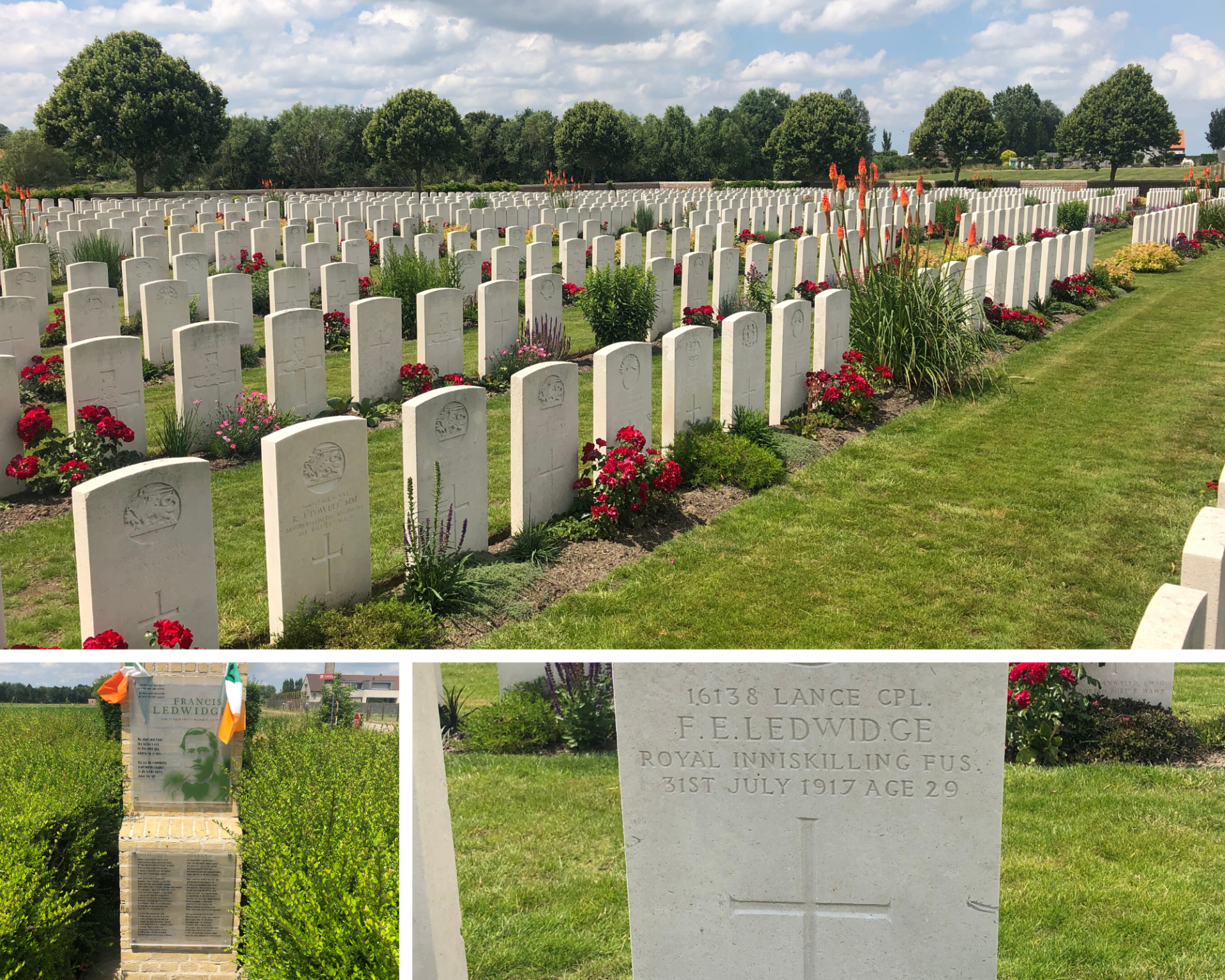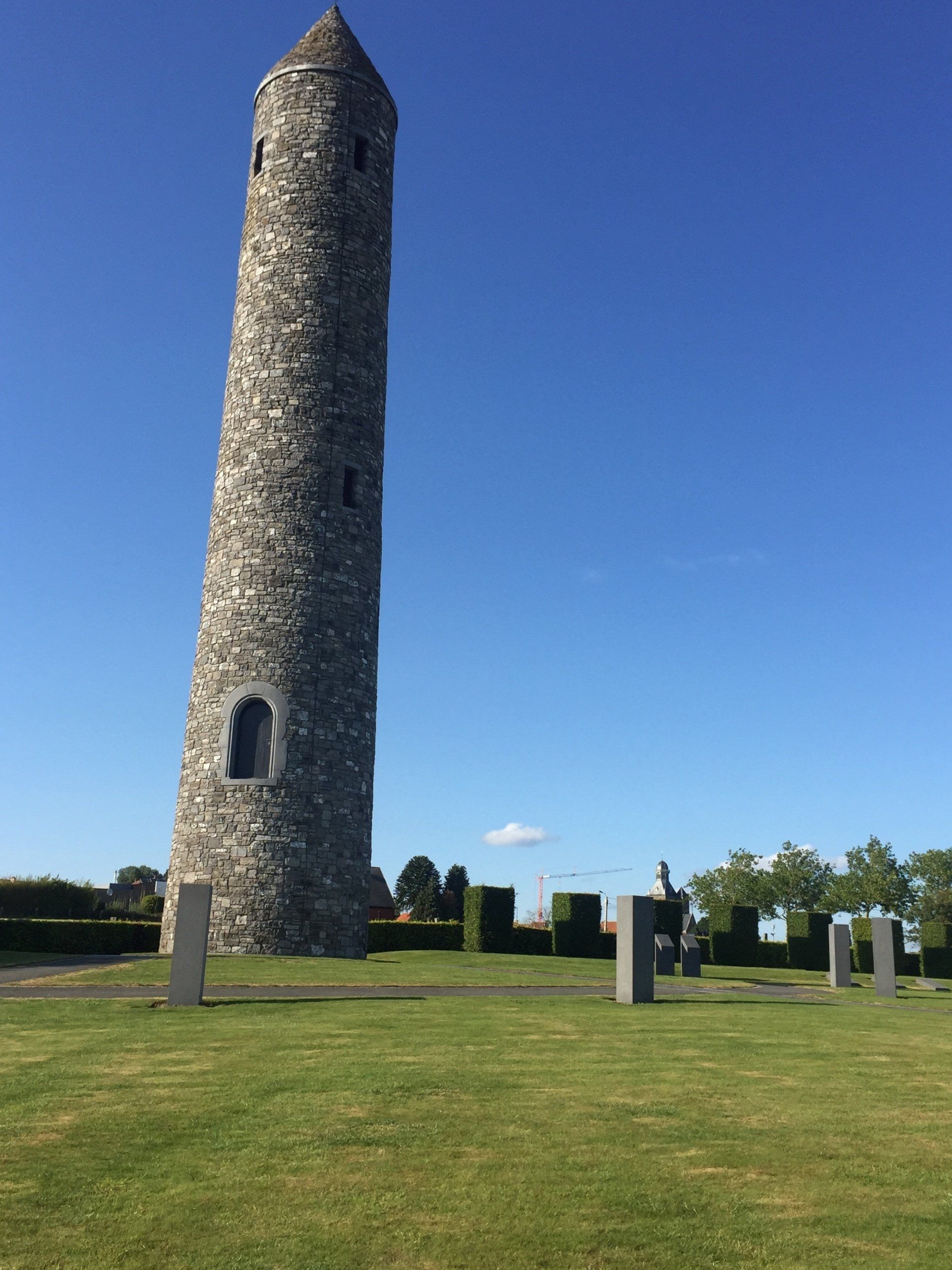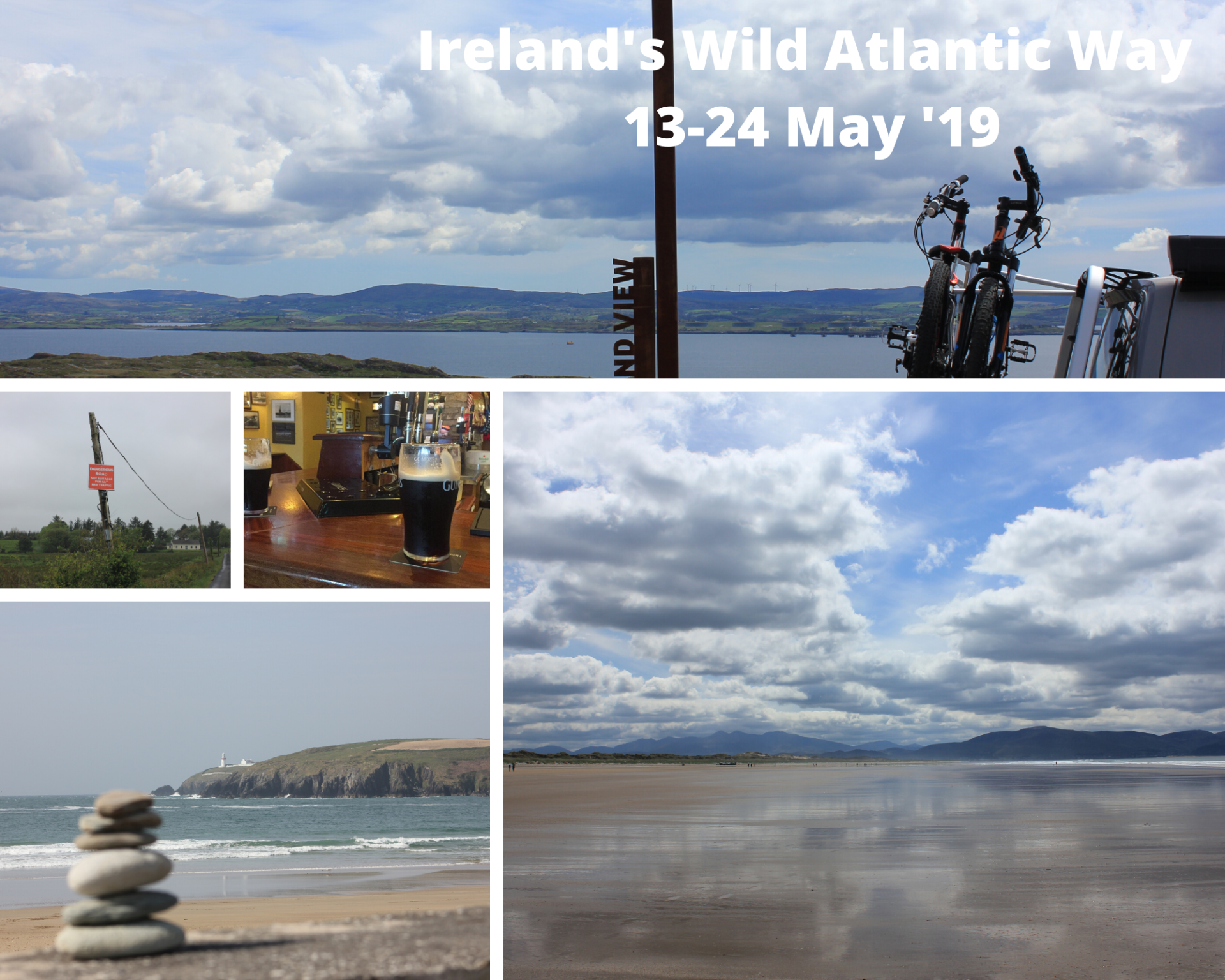En route, road signs reminded us that our destination’s official name is the Dutch language “Ieper”, whilst the French “Ypres” is more commonly known; however we discovered whilst there, it was also known as “Wipers” by the British troops stationed there in the “Great War”, but more about that later.
Fortifications around the town existed for over a thousand year, with successive occupiers and conquerors providing additional ramparts and moats to protect its strategic position. For a large part of World War 1, Ypres was surrounded by German forces on three sides, from where it was heavily bombarded resulting in extensive destruction.
Camping Jeugdstadion
The municipality run Camping Jeugdstadion is perfectly situated to enjoy Ypres and the surrounding area. On foot it’s only 5 minutes to the city walls, 15 mins to both the Menin Gate, and the Grote Markt, the central square with its famous Cloth Hall.
The site is well equipped with two amenity blocks, recycling and electricity and water points, a field for camping, cabins for rent and a hardened grass area for campervans and caravans. We used one of the additional concrete plots for campers and mobile homes, where their website states that awnings aren’t allowed, however the super friendly staff were very chilled about us putting ours out onto the adjacent grass area.
It is possible to hire bikes from the site, and whilst slightly better rates may have been available elsewhere in the city, the convenience was hard to beat.
Menin Gate and last post ceremony
Between 1914 and 1918, hundreds of thousands of men marched through the Menin Gate on their way to the battlefields. The location was therefore chosen as one of the four sites to commemorate members of the Commonwealth forces with no known grave. The grand arch of the gate and its surrounding structure are covered in stone slabs, into which are carved the names of over 54,000 men.
Shortly after the memorial was inaugurated in 1928, the buglers of the local Fire Brigade played the Last Post as an expression of gratitude by Belgian nation towards those who had died. The tradition continues to this day, and can be seen every evening at 8pm.
People start to gather from 7pm, and traffic is stopped around 30 minutes later, so I’d recommend getting there early enough to gather within the arches of the gate itself to fully appreciate this moving and atmospheric event. The night we were there included wreath laying by UK veterans and schoolkids, and bagpipe music from a very nervous teenage piper who we found ourselves offering words of calm and reassurance to whilst waiting for the ceremony to start. He didn’t have to worry as he was fantastic.
Grote Markt
The central square known as the Grote Markt is surrounded by shops, restaurants and the Cloth Hall, which is also home to the In Flanders Fields museum.
The museum provides displays explaining how the battles unfolded around the city, how soldiers lived in the trenches, and capturing the scale and senselessness of the loss of life. Although a difficult subject matter, this museum is a must during any visit to Ypres.
For a few extra euros, it is also possible to climb the steps up through the building’s towers and access the roof for great views….just time it right to avoid being in the belfry when the chimes are sounding!
Francis Ledwidge Memorial
20 minutes by bike to the north of Ypres is a memorial on the spot where Irish poet Francis Ledwidge died in 1917. Ledwidge, a prime example of an Irish nationalist who still felt it right to “fight for the King,” had seen service in Gallipoli and Serbia before being killed by a shell during the Battle of Passchendaele.
His grave can be found in the nearby Artillery Wood Cemetery.
Island of Ireland Peace Park
A 30 minute cycle to the south of Ypres, just beyond the village of Mesen, will bring you to the Ireland Peace Park, a war memorial to the soldiers of the island of Ireland who died, were wounded or are missing from WWI.
With a centrepiece of iconic stone round tower, the park also contains numerous stones and carvings with details of the lives lost, and poignant prose from letters composed by some of the service personnel.
Whilst those without Irish connections may not find the park a particularly huge draw in itself, it made for a very pleasant evening bike ride from Ypres, with reward/ refreshment stops in Wytschaete and Mesen.
Brouwerij Kazematten
Tucked away inside one of the 17th century walls surrounding Ypres you can find a basement that had been used in the past to store ammunition and provide accommodation for soldiers. However today, the “Casement of the Wooden Horse” has been converted into a brewery after efforts by beer enthusiasts and the local council to return brewing to the city.
Tours of the brewery take place every Saturday afternoon in English and Dutch depending on what time you attend, and our tour was conducted by one of the founders, Rudi Ghequire, a man with a huge passion for brewing beer. After the tour there is an opportunity to sample three of their beers.
Two of their beers carry the name “Wipers Times” acknowledging the irreverent trench gazette published by the British soldiers during the war.
My favourite was the Wipers Times 14, a 6.2% blonde beer…..salut!
St Arnoldus Cafe
If you want to continue your exploration of Belgian beers, we can highly recommend the St Arnoldus Café, between the Grote Markt and Menin Gate, named after the patron saint of brewers. You will be spoilt for choice here, but do not despair as it is possible to try a flight of beers allowing you to pick four to sample.
